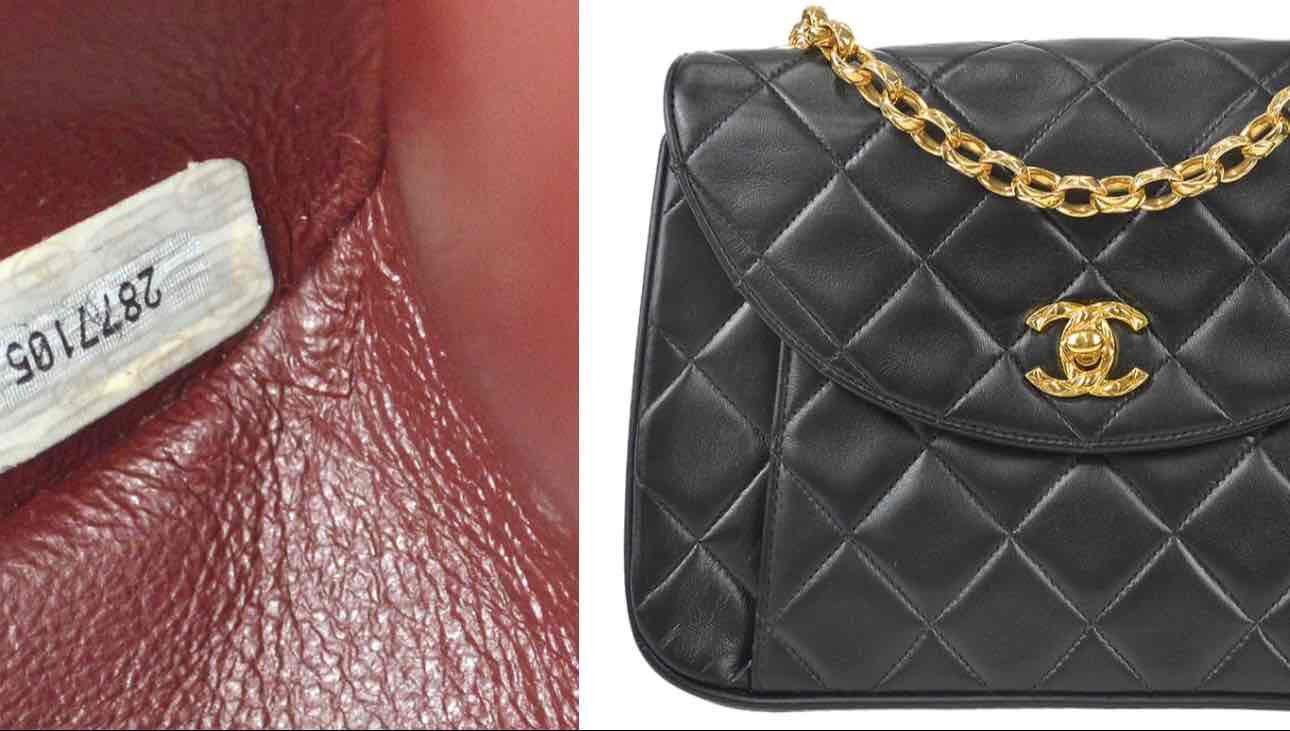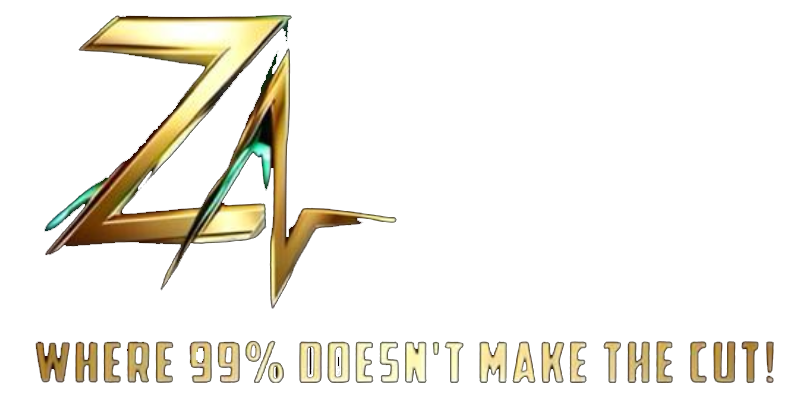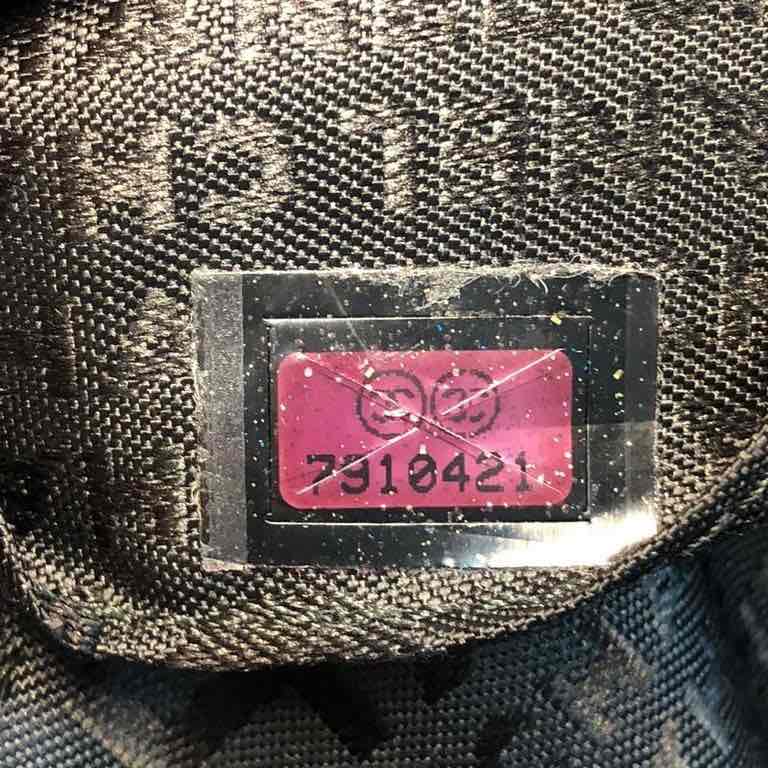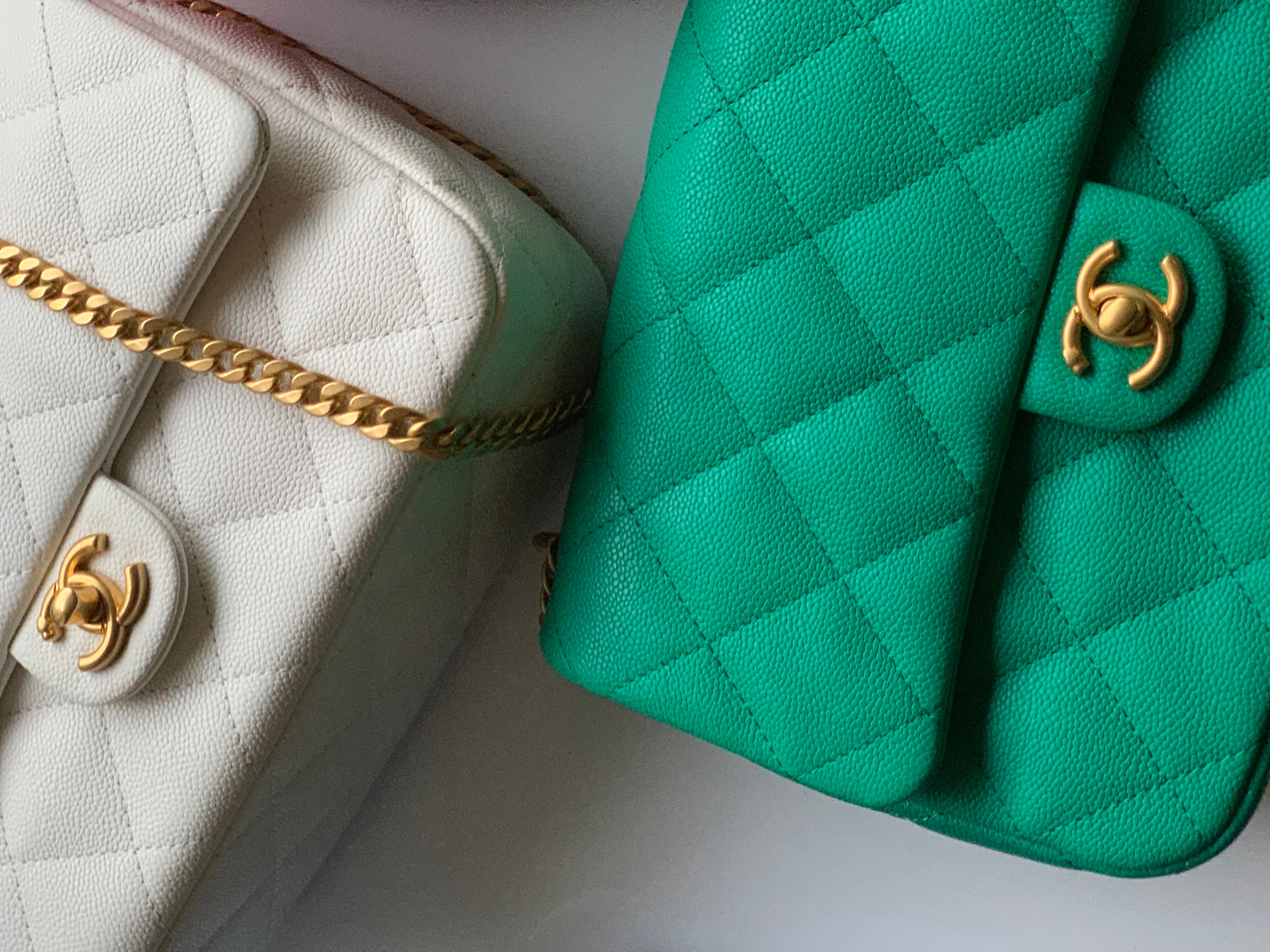Article: The Luxury and Secrecy of Japan's Chanel Vintage Market

The Luxury and Secrecy of Japan's Chanel Vintage Market
What's Inside Your Bordeaux Lining?

If I were to sell you a counterfeit that would be indistinguishable from the authentic article, I would be its master. My expertise lies in knowing exactly how to craft the perfect deception. I'm well-versed in where to acquire the best imitations and how to pass them through any authentication service. And that's because I am a master of my craft.

People with extensive professional knowledge and skills are capable of committing a “perfect crime” (an inside job) and can do so for several reasons:
1. Expertise in the Field: They know the systems, protocols, and procedures inside and out. This enables them to identify and exploit weaknesses that others might not even recognize.
2. Access to Resources: Being deeply embedded within an industry or profession often means having access to tools, information, and contacts that could be used to facilitate criminal activities.
3. Ability to Cover Tracks: Professionals in certain fields have a deep understanding of how evidence is gathered and analyzed. This knowledge could potentially be used to conceal evidence or mislead people.
4. Understanding Human Behavior: Understanding how people think and behave might be used to manipulate or deceive others.

Let's apply this to the world of luxury in Japan. I am going to talk about one part of this market, the Chanel Vintage classic flaps and Bordeaux lining (any black quilted flap, regardless of shape or design with burgundy lining). The Japanese market is the superior source. Why is that? Because Japan has a vast market for vintage, and because nothing sells better than a black quilted flap with Bordeaux lining.
In the 80s, Japan's market was flooded with Chanel luxury. Before 1985, there were no Chanel boutiques in Japan. The reason for Japan's mastery in selling vintage Chanel and enormous vintage luxury market is evident for the following reasons:

1. Economic Prosperity: Japan experienced significant economic growth during the 80s and early 90s, leading to increased spending on luxury items like Chanel handbags.
2. Western Influence: This period saw a growing interest in Western brands, and Chanel's symbol of Western luxury appealed to Japanese consumers, so a lot was bought in that era.
3. Nostalgia and Vintage Appeal: In modern Japan, there's an affection for the styles of the 80s and 90s, making Chanel products from those times particularly desirable.
4. Celebrity Endorsements: Many Japanese celebrities and fashion icons were seen with Chanel handbags in the 80s and 90s, adding to their allure.
5. Limited Edition and Rarity: Chanel handbags from those decades were often unique and limited in design, increasing their value and appeal.
6. Investment in the Japanese Market: In the mid 80s and 90s, Chanel invested in the Japanese market due to high demand, strengthening the bond between the brand and Japanese consumers.
7. Quality and Craftsmanship: The perception of high quality in Chanel's products aligns with Japan's appreciation for well-made goods. The bags that were sent to Japan in those eras were not like the ones sold in France or America, for example, and that's because Japanese consumers are very strict on quality, unlike other markets.
8. Strict Law Against Counterfeiting: Japanese sellers must have a license to sell luxury goods, reflecting the country's strict stance on counterfeiting.

The vintage Chanel market, specifically involving Japanese sellers, faces an unsettling issue. Detailed observations and comprehensive research have unveiled sophisticated schemes to refurbish and tamper with classic Chanel bags. These alterations include redoing black lambskin, replacing hologram stickers, changing colors, and redoing stamps.
These modifications make the bags inauthentic, creating a dilemma that many buyers overlook. For example, vintage Chanel flaps have been discovered with features never existing in certain series. The complexity of these alterations makes them incredibly hard to detect, even for experienced authenticators.

Although not selling outright fakes, these refurbishments may be considered worse. Trusted Japanese resellers have been found selling these items, often defending their actions by asserting the integrity of Japanese products.
The astonishing aspect of these bags is that they are being sold by some of the most reputable and trusted Japanese sellers, resellers recognized globally. Confronting them is a challenge, as they often become exceedingly defensive. In order to make my case, I had to request my Sales Associate to run a serial number check on these bags, producing results from Chanel itself to compel them to accept the return. The inspection process involves meticulous microscopic scrutiny of the stitching, clearly demonstrating the differences between the original and altered stitching.

These sellers are remarkably skilled at what they do, to the extent that I can readily identify a bag that was purchased from Japan even without prior knowledge of its origin. The answer, invariably, is "YES."
In one notable instance, without disclosing specific names, I received a bag from a significant player—or "BIG WHALE"—in the Japanese vintage market. Though the bag was authentic, the serial number had been tampered with. I reached out to the seller, but they merely read my message and neither replied nor defended their actions. Upon further investigation on their website, filled with over 200 pages of Chanel bags for sale, I discovered three bags with tampered stickers within the first three pages. My repeated confrontations were met with silence. Initially, I thought it might be an accident, but I have since come to understand that it is an absolutely calculated act.

Inspecting vintage Chanel pieces has become more challenging than inspecting new ones, revealing a scandal within a highly regarded market. I have personally found bags from major players in the Japanese vintage market that were authentic but tampered with. When confronted, their silence confirmed my suspicions.
The phrase “it's authentic because I got it from Japan” has lost its weight. The inspection of these bags must now be tripled in rigor and caution.
Though Japan has long been respected as a leader in the vintage market, these unsettling revelations point to a significant issue within their system. Every purchase from Japan must now be met with heightened scrutiny.

For instance, Chanel vintage black caviar medium flaps from Japan have been found with authentic Bordeaux lining in series 0,1,2. However, black caviar flaps with burgundy lining were never released for these series. This combination only began with series 3, with an entirely black interior, and not until 2010, in series 13, did this feature occur. Additionally, there are instances of black vintage lambskin flaps with incorrect lining and series, displaying significant variations. Some manipulations even include affixing serial numbers from small leather goods to vintage bags that originally had no serial numbers, thereby artificially raising their value. In some cases, removed serial numbers from authentic small leather goods are attached to bags from the pre-serial number era. These practices indicate the sophisticated scams being perpetrated, often unknown to the public.

This unprecedented situation highlights the need for transparency, diligence, and a renewed commitment to authenticity in the vintage luxury market. It emphasizes the essential role of expert authenticators and serves as a call to action for all stakeholders to protect the cherished legacy of brands like Chanel.

Originality Declaration:
The findings and interpretations in this research article are the product of my own original research. This work has been conducted over years of dedicated study and is not replicated or sourced from any other publication.
Citation Requirement:
While this article can be shared for academic and research purposes, any use or citation of its content must be properly attributed to the author.
Copyright Notice:
©2023, Zekosauthentication.
All rights reserved. No part of this research article may be reproduced or transmitted in any form or by any means, without the express written permission of the author. Legal action may be taken against unauthorized use or reproduction.



Leave a comment
This site is protected by hCaptcha and the hCaptcha Privacy Policy and Terms of Service apply.